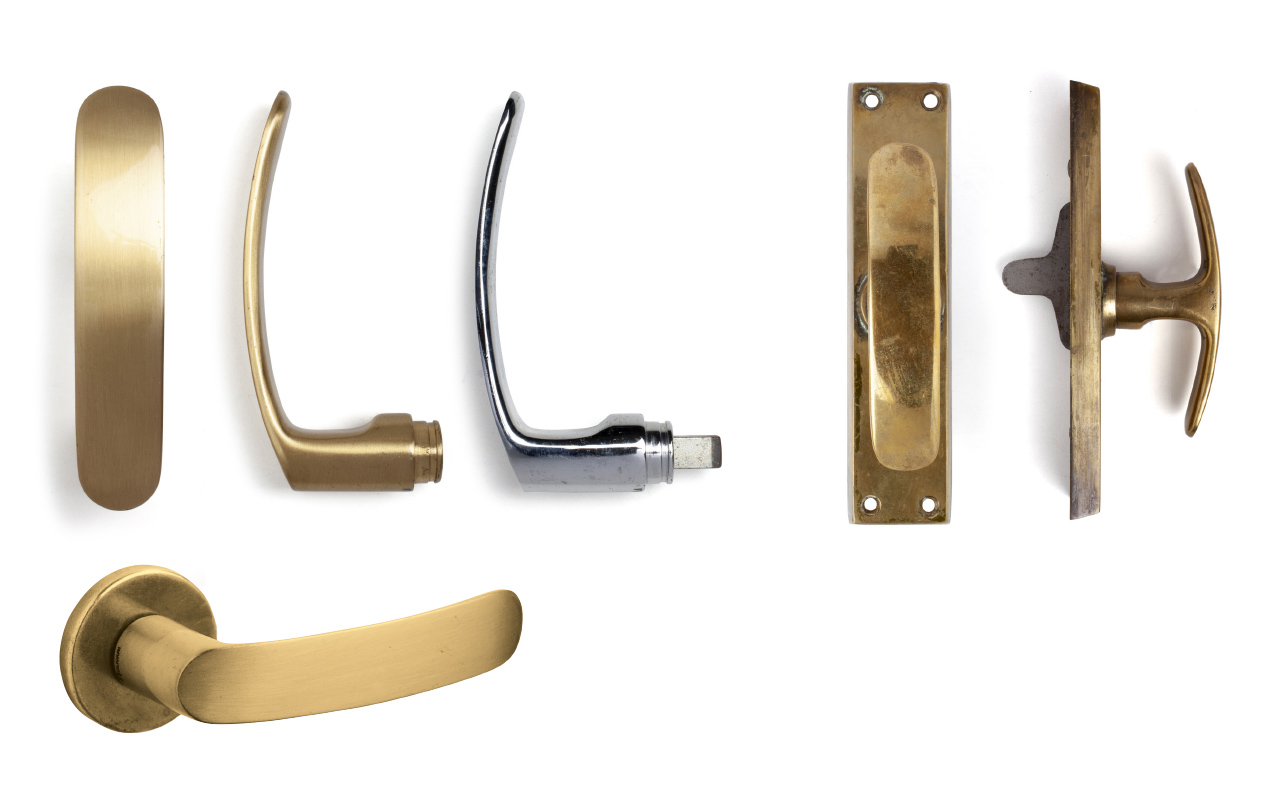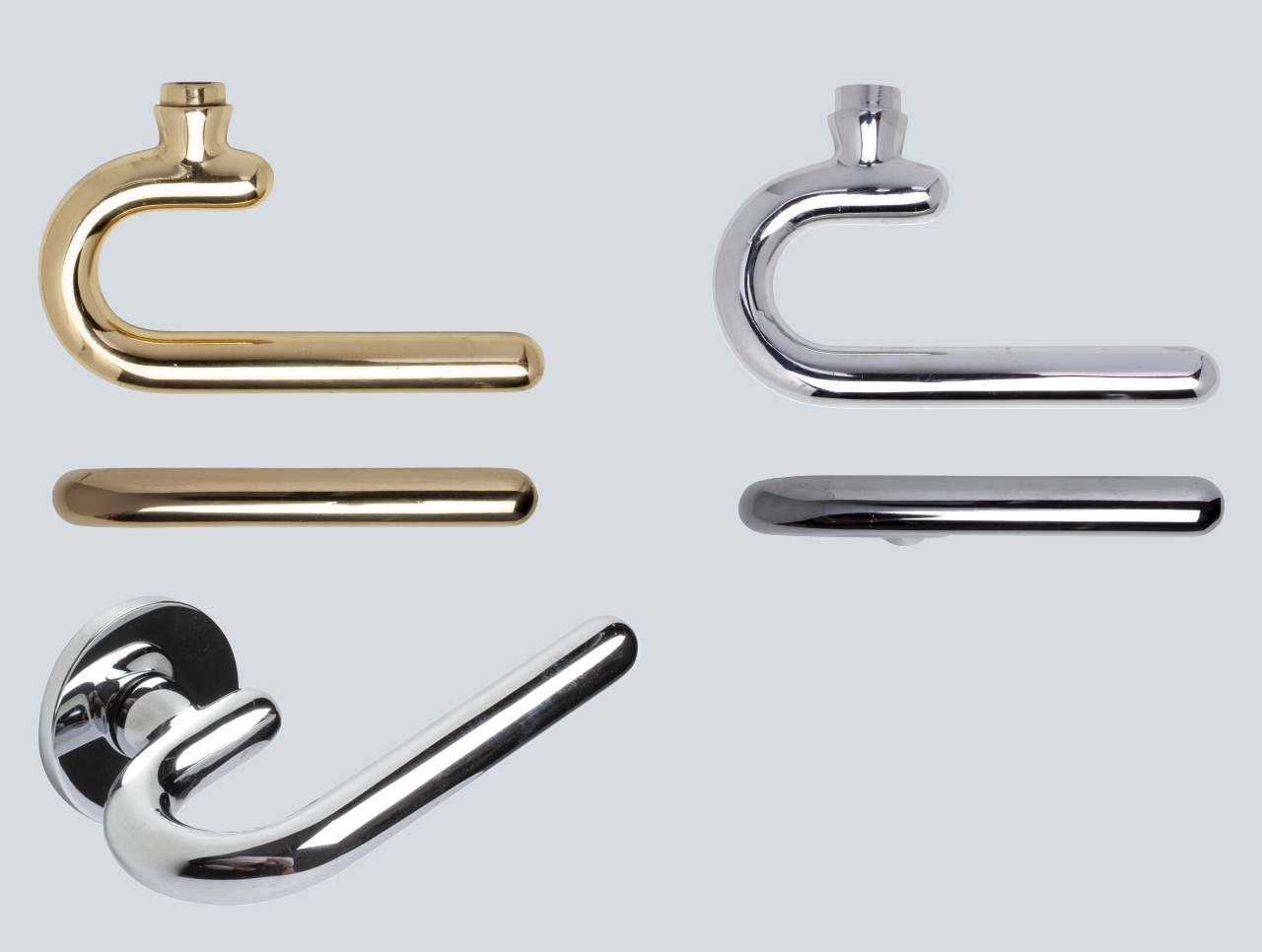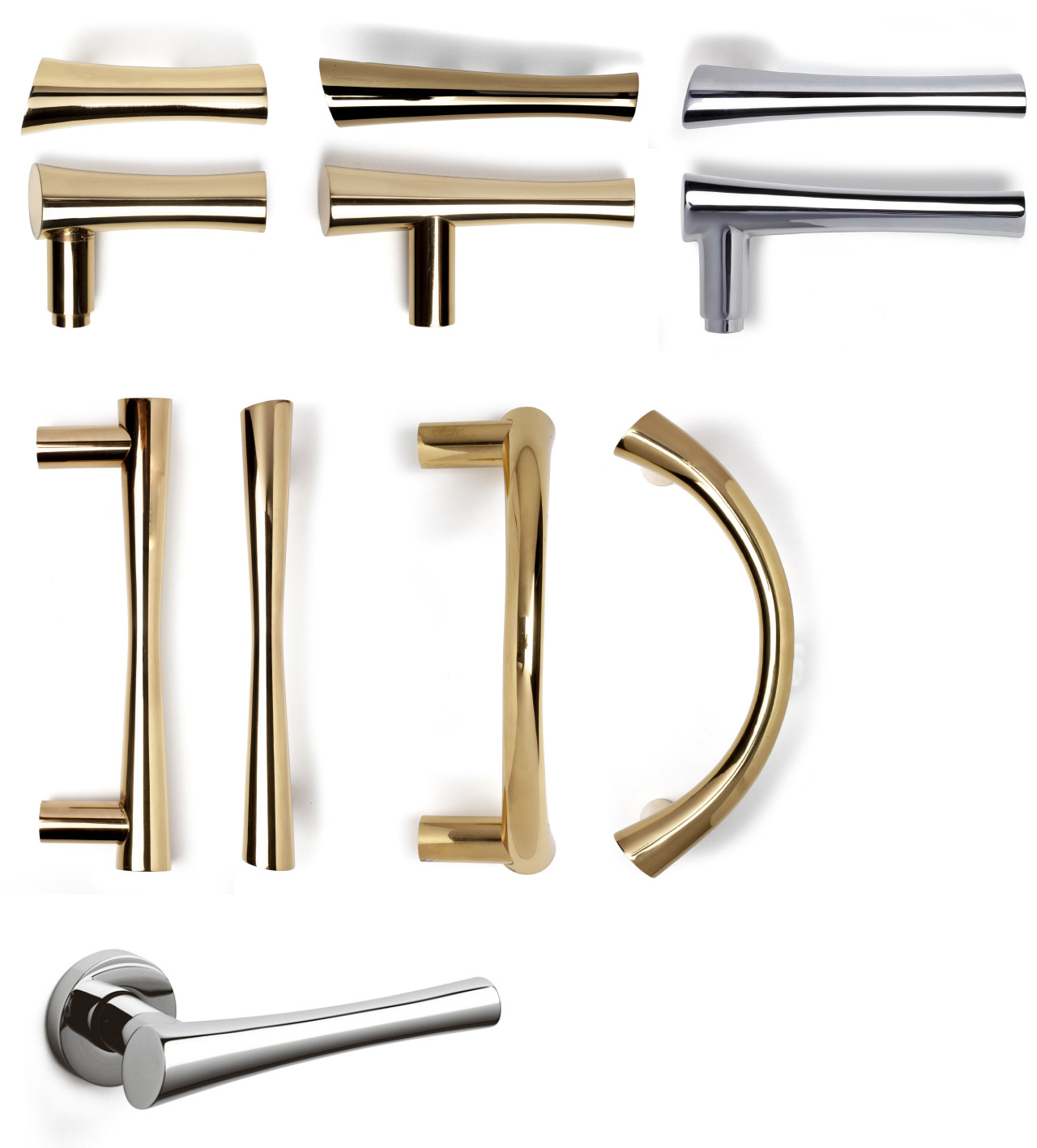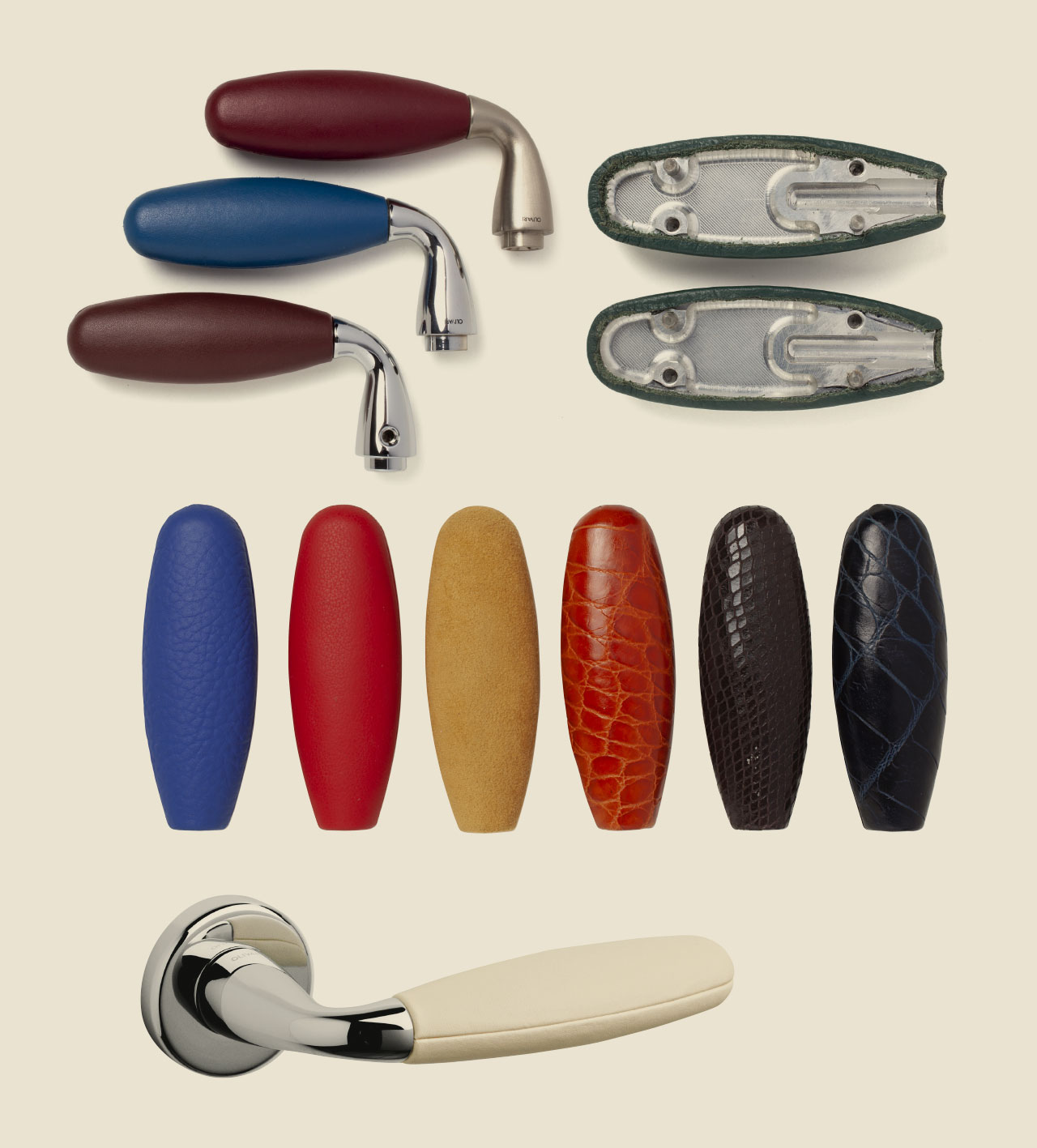Olivari celebrates 100 years of Vico Magistretti
On the occasion of the centenary of the birth of Vico Magistretti, we opened the archive and documented forty years of collaboration with the Milanese architect. The searches went far beyond the products in the catalog. Drawings, samples, models and prototypes make us retrace the long 1956-2000 season.
in collaboration with Fondazione Archivio Vico Magistretti


60° Salone del Mobile – 5-10 September 2021
Guided tours to Torre al Parco
Organized by Olivari, in collaboration with Fondazione Archivio Vico Magistretti
Torre al parco 1955
After a decade of experience on INA casa residential projects, Magistretti is experimenting for the first time with the “high building Type”. A 20-storey tower with a strong original character that acts as a counterpoint to the lictorian tower designed by Ponti in 1933. As usual, it also designs the handles for doors and windows that Olivari will produce in 1955 and will keep in the catalog until the 1980s.

Veio 1965
The Veio handle was produced by Olivari for Artemide until 1992. From that date, Antonio Olivari, in agreement with Ernesto Gismondi, contacted Vico Magistretti to propose to include the handle in the Olivari catalog. Magistretti, convinced of the object’s out of date, proposed and designed the Sibilla handle for Olivari in 1992.

Sibilla 1992
I remember going to Magistretti’s studio to talk about design of a new handle. Sitting around a big table that practically took up the entire room, he sketched the Sibilla right before my eyes. His idea was to make it an ergonomic object that also had verve. Thinking about the shape of a bone, he steadily drew one. Soon after, he began musing about how the dynamic effect he wished to obtain for the handle could be expressed by slicing off the two extremities. “Try to make a sample along the lines of these sketches,” he said to me.
— Antonio Olivari

Club 1999
As always seemed to happen with Vico, inspiration for Club was born during conversation. Talking with him about the feeling of comfort, he came up with the idea of a leather-clad handle that would be pleasant to touch. Along the lines of industrial logic, he designed two tapered half-shells to which the leather was glued. This gave continuity to the form and allowed us to avoid the sewn seam. I immediately found the proposal very interesting and innovative, so we developed it.
— Antonio Olivari



